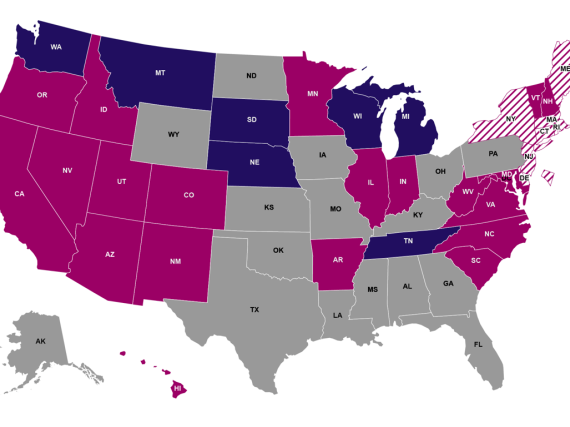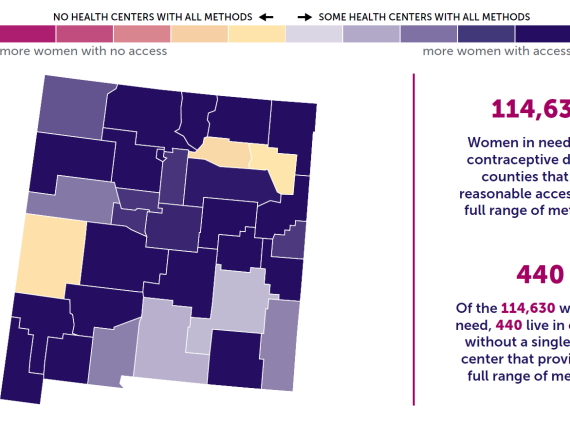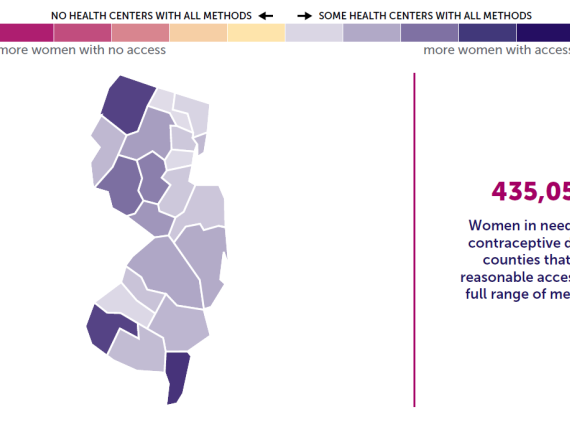Contraceptive Access in Alabama
More than 19 million US women with low incomes live in contraceptive deserts—counties in which there is not reasonable access to a health center offering the full range of contraceptive methods. Of those 19 million women, roughly 1.2 million women live in counties without a single health center that offers the full range of contraceptive methods.
These access barriers put women already struggling to make ends meet at risk of not being able to get the birth control method right for them. These women might face additional transportation costs, child care costs, and unpaid time off work because of the long distances they need to travel to access care.
You can find more information all 50 states here.
You can find a press release on contraceptive access in Alabama here.


